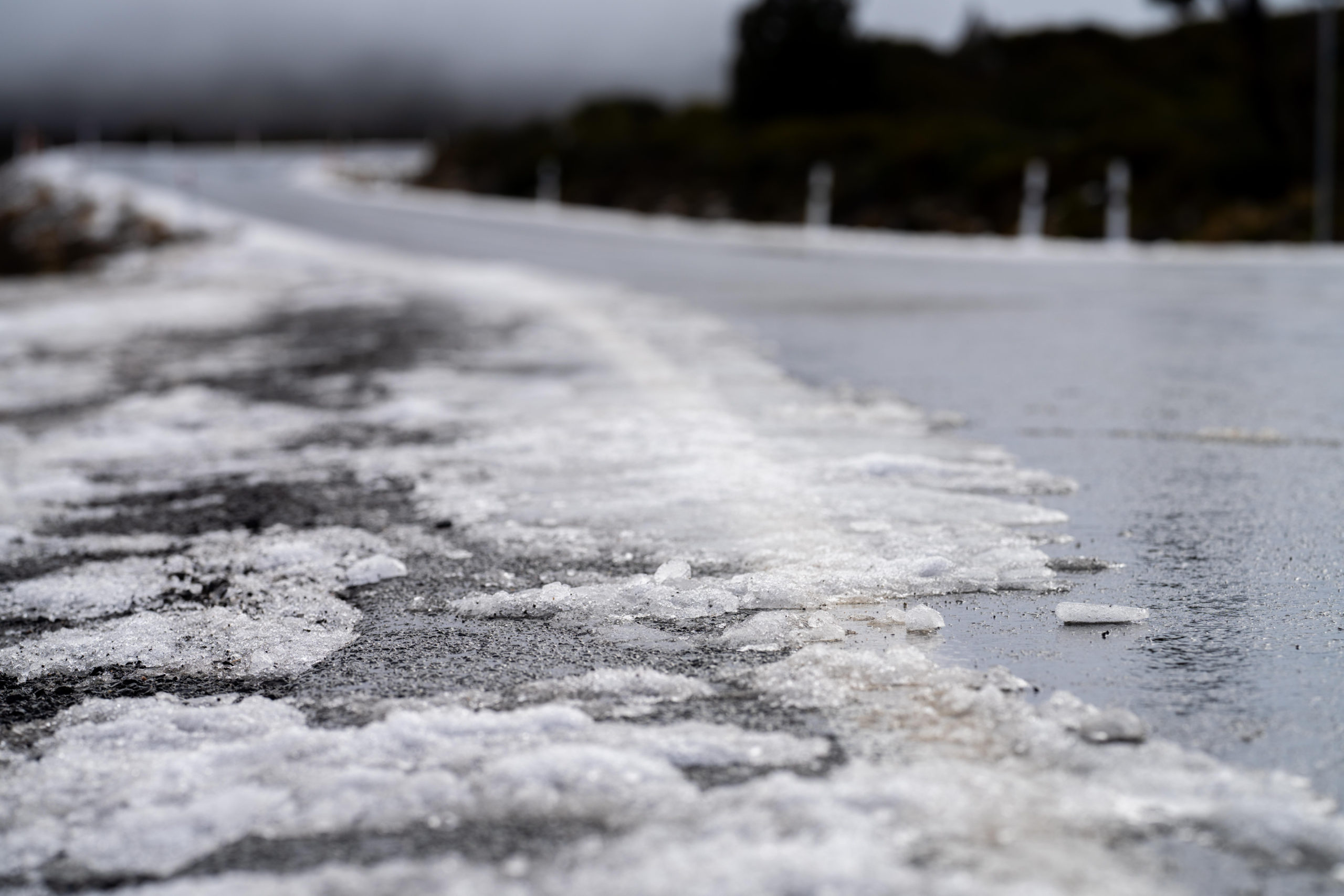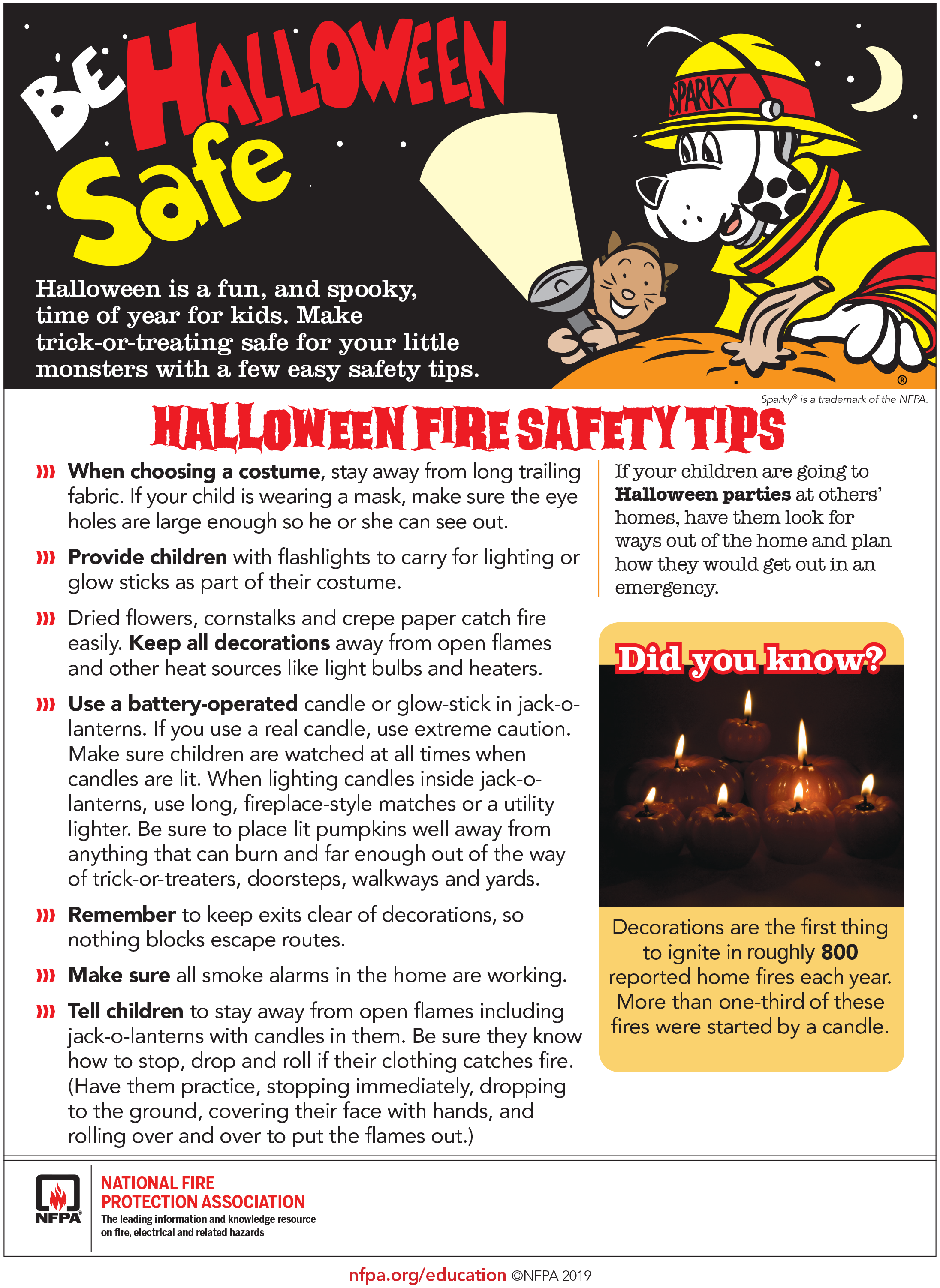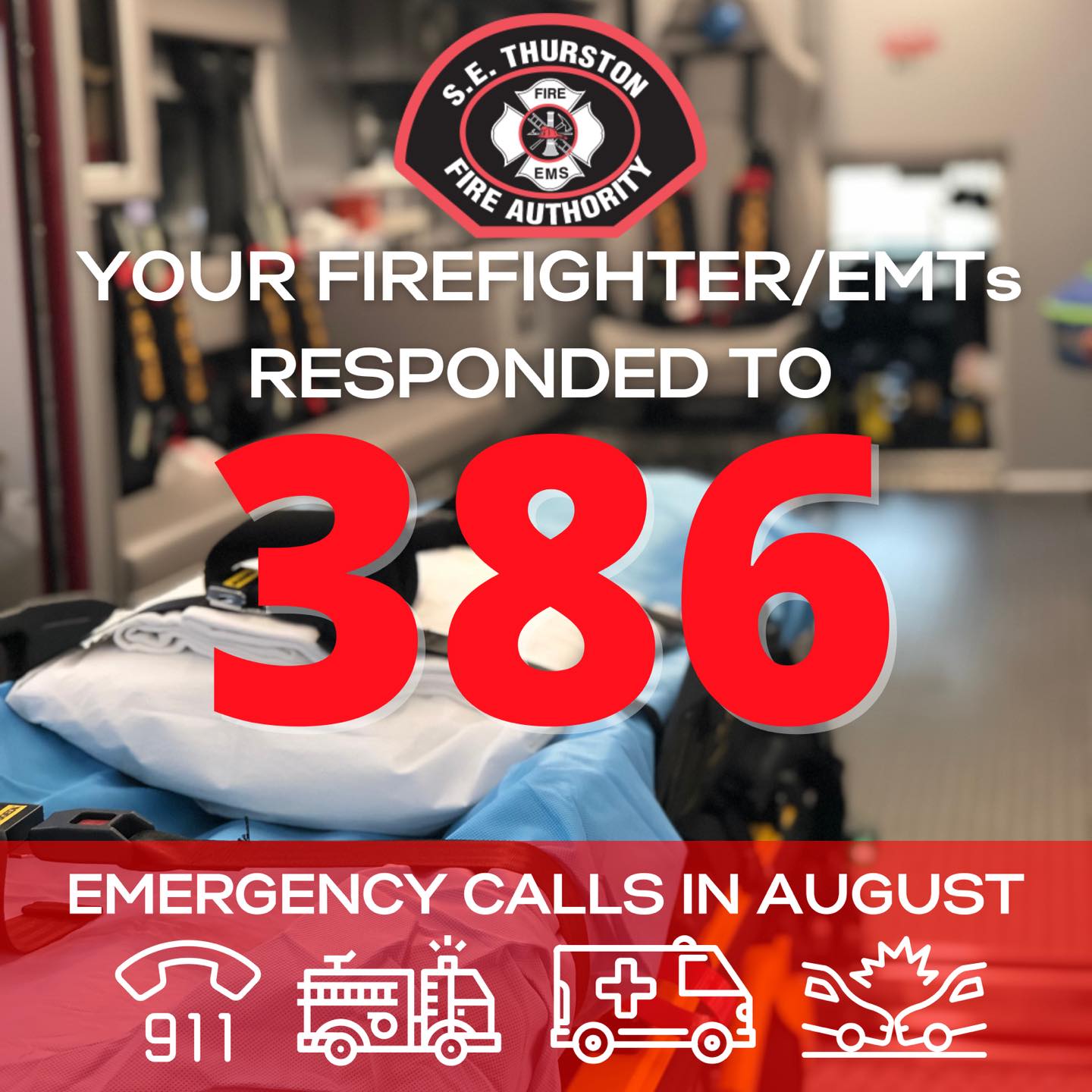With more rainfall coming as we near the end of the year, flash flooding becomes more of a risk. Flooded roads can cause vehicles to lose control, and flooded walkways risk sweeping people off their feet. Even as little as a few inches of rushing or standing water can be dangerous, so follow these simple tips to help stay safe!
1. Get to High Ground
Water flows from high ground to low ground, so when areas start to flood, it’s best to get to higher ground in order to avoid sudden surges of water.
2. Do Not Drive Into Water
If a section of the road is flooded, don’t drive into it. Water reduces the traction of your tires, and deeper pools can cause your vehicle to suddenly stop or veer out of control.
3. Do Not Walk Into Water
If you can, always try to walk around flooded areas. A few inches of standing water can affect your traction, but even worse, a few inches of rushing water can knock someone off their feet.
4. Stay Informed
Frequently check your local weather reports, television, radio, or social media for emergency updates. If you know there is risk, stay home or avoid dangerous areas.
























